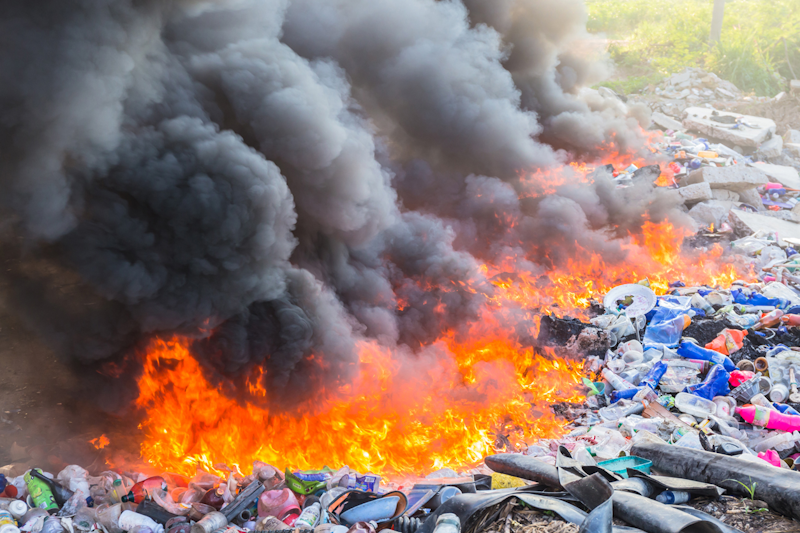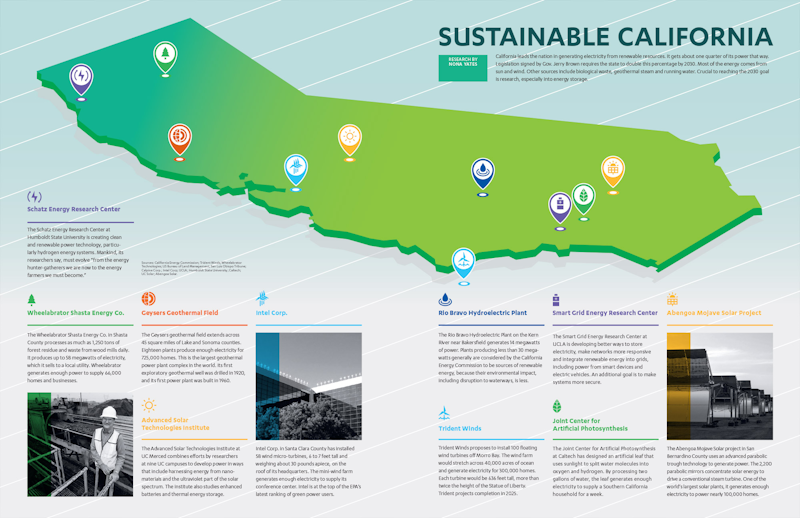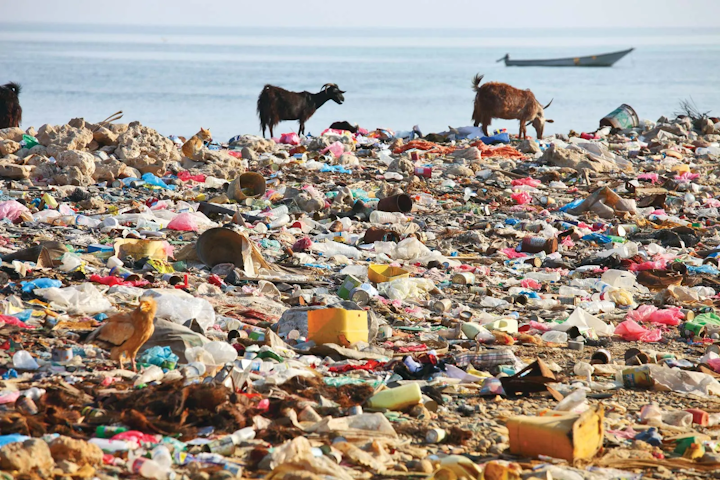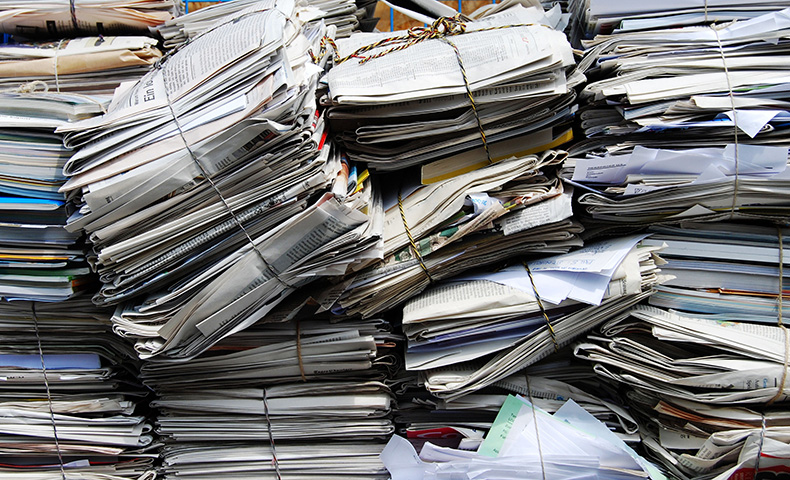Don’t institutions bear some responsibility for the waste management situation in Oakland, CA?
Absolutely.
Tenants regularly complain about a lack of maintenance or insufficient garbage collection. In some housing projects, residential development work has dragged on for several years, leaving rubble and waste in common areas.
Municipalities like Oakland and social landlords also sometimes pass the buck regarding the responsibility for cleaning a driveway, which leads to inaction. Finally, a recent study showed that the intensity of street cleaning is generally not proportional to the greater needs in working-class neighborhoods. It’s likely that residential neighborhoods, which are less densely populated, benefit from a better distribution of garbage collection per capita, leading to better sustainability.
What responses are institutions providing to this problem
Institutions, particularly municipalities and social landlords, consider waste to be a problem of incivility, and Oakland dumpster rentals are often missing. Their preferred response is therefore awareness-raising. Environmental accountability programs mobilize mediators who approach tenants right on their doorsteps to educate them on how to behave in a more eco-responsible manner.
These policies blame tenants for their supposed poor waste management, without taking into account the structural causes of its accumulation. By portraying them as uncivil, dirty, or ignorant, they contribute to rendering residents’ suffering invisible and portraying them as responsible, rather than victims.
What does the term greened social control mean
Social control is a classic concept in sociology used to analyze the relationships between institutions and the working classes. In this case, environmental policies rely on the legitimacy of ecology to attempt to impose norms and behaviors on tenants of public housing projects. This social control, exercised in the name of ecology, depoliticizes the issue of waste by making it an individual matter, when it is actually a collective and structural problem.
Do these policies have an impact on relationships between tenants
Yes, they exacerbate neighborhood tensions.
Some tenants, particularly white retirees, rely on institutional discourse to distinguish themselves from other segments of the neighborhood. They take up accusations of incivility to more specifically target young people and families of postcolonial immigrant backgrounds for not knowing how to manage their waste, sometimes with explicitly racist judgments. This fuels conflicts within the residences, reinforcing ethno-racial and generational divisions.
How can we better recognize this situation as an environmental injustice
We need to help tenants politicize this issue by realizing and demonstrating that they are not primarily responsible, but that this situation stems from institutional and social choices. They should be able to demand cleaning adapted to their population density and assert their collective right to live in a healthy environment with less landfills, with better dumpster rental services. This also requires deconstructing the discrediting perceptions that weigh on these neighborhoods.
Are there any local mobilizations or initiatives challenging these waste management policies
Research, conducted during the 2010s, did not observe any collective protests. Tenant associations often supported accountability policies because they were seen as a way to improve the neighborhood by people seeking to distinguish themselves from the rest of the neighborhood.
However, in the 2020s, movements emerged, led by figures like political scientists and activists or collectives focused on grassroots ecology. These initiatives offer an alternative to institutional ecology and are attracting increasing attention, particularly on these issues.
What broader lessons can we draw from this junk disposal study
It shows how social inequalities influence how we perceive and manage environmental degradation.
Not only do working-class and minority groups suffer more from this degradation, but their suffering is not recognized as injustices and even gives rise to policies that symbolically discredit them. This underscores the need to rethink environmental policies to ensure they are inclusive and fair.










